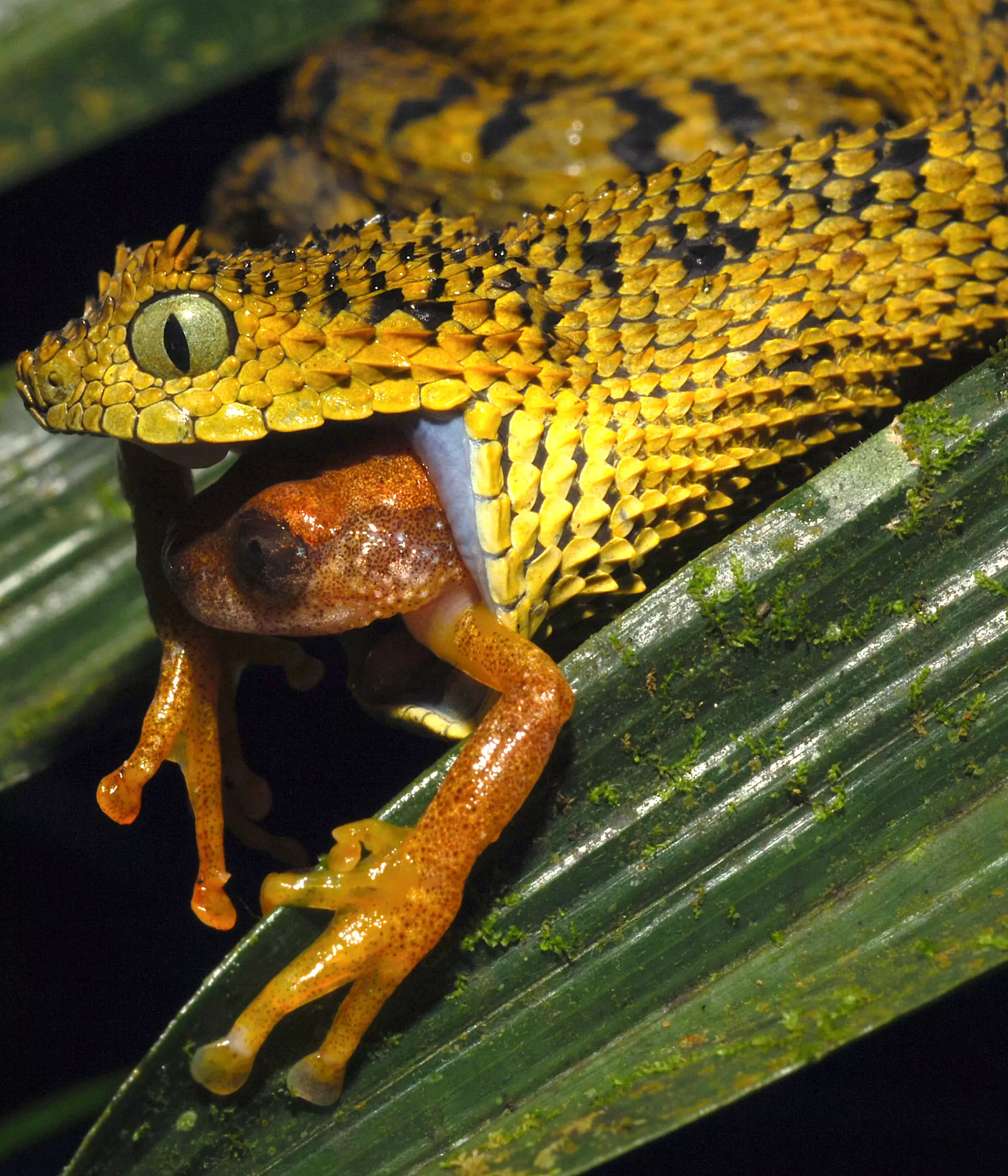Reptiles and amphibians are some of the most threatened groups on the planet.
Pressures such as the deadly chytrid fungus, illegal trade, habitat loss and climate change have led to predictions that a large proportion of all reptile and amphibian species could go extinct over the next century.
ZSL is working to save several species including keeping tabs on chytrid fungus in the UK and around the world.
More than 4,000 amphibians are on the EDGE amphibians list, which prioritises Evolutionarily Distinct and Globally Endangered (EDGE) species for conservation attention.
Around 30% of amphibian species are threatened with extinction, which is more than birds (13%) and mammals (21%). However, this is likely an underestimation of the true number, as the majority of amphibians described since 2004 have not been assessed by the IUCN Red List.
At least 42% of all known amphibian species are declining, and as many as 159 amphibian species may already be extinct. There are currently 972 EDGE amphibians, which is more than any other EDGE group. Most of these are frogs and toads, due to the sheer number of species, but there are also priority EDGE salamanders and caecilians.
We have to act now.
Mountain chicken frog conservation
Creating routes to recovery through cutting-edge scientific research and breeding at London Zoo.
Chinese giant salamander conservation
Creating a new future for an ancient species
Sea Turtle Tagging
Analysing disease risks during sand lizard translocations
The sand lizard has disappeared over much of its former range in the UK. Habitat loss and fragmentation are cited as the main factors in the species decline.
Big-headed turtle
The big-headed turtle and many other freshwater species are hunted for their meat and the international pet trade. Zookeepers at London Zoo rescued four turtles from smugglers trying to illegally import them into Canada.
